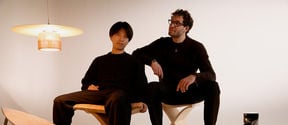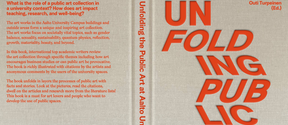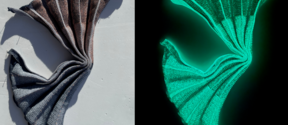One million euros to research of radiation detection

Aalto University's projects to be funded include research into technology for imaging the corneal tissue in the eye, ultrasensitive magnetic field detectors, and infrared sensors based on germanium. These three projects received more than half of the available funding from the Academy of Finland’s call for applications.
Professor Zachary Taylor and his research group are developing a novel diagnostic imaging system for early and accurate detection of corneal graft rejection. Using submillimeter wave and THz spectroscopy integrated with near infrared optical coherence tomography, new imaging technology could detect the excess corneal tissue water content, which precedes graft rejection.
‘Current diagnostic methods are late to detect rejection which often lead to graft failure. This technology will save the high value resource of donor cornea and preserve the graft patient visual acuity and quality of life,’ professor Taylor said.
Senior University Lecturer Gheorghe-Sorin Paraoanu and his research group are aiming at producing ultrasensitive magnetic fields detectors using a single artificial atom.
'This could have applications for brain scanning, geology, earthquake prediction, oil exploration and more. Our work on producing and controlling the artificial atom will also affect more fundamental branches of physics like axion detection. These are all applications where one needs to detect small magnetic fields.'
Professor Hele Savin’s joint project with University of New South Wales aims to develop new highly sensitive infrared sensors, which could be applied e.g. in medical diagnostics. The project combines Aalto's expertise in black silicon and laser processing developed at University of New South Wales.
The funded projects are part of Radiation Detectors for Health, Safety and Security (RADDESS), an Academy Programme that provides funding to projects that study novel device-driven and functional radiation detection systems in areas of both health and safety.
Academy of Finland’s funding decisions
Photo: Aalto University, Aino Huovio
- Published:
- Updated:
Read more news

Designs created by aaltonians on display at the Milan furniture fair
An Italian designer and a Japanese architect are presenting their collaboration, inspired by the Finnish culture, at the "Salone del Mobile" in Milan in April. Other design projects from Aalto are on display at the INTERDEPENDENCE exhibition.Physicists explain—and eliminate—unknown force dragging against water droplets on superhydrophobic surfaces
Aalto University researchers adapt a novel force measurement technique to uncover the previously unidentified physics at play at the thin air-film gap between water droplets and superhydrophobic surfaces.
The Most Beautiful Books 2023 - The Finnish Book Arts Committee awarded several Aaltonians
Personnel and alumni were awarded in various categories